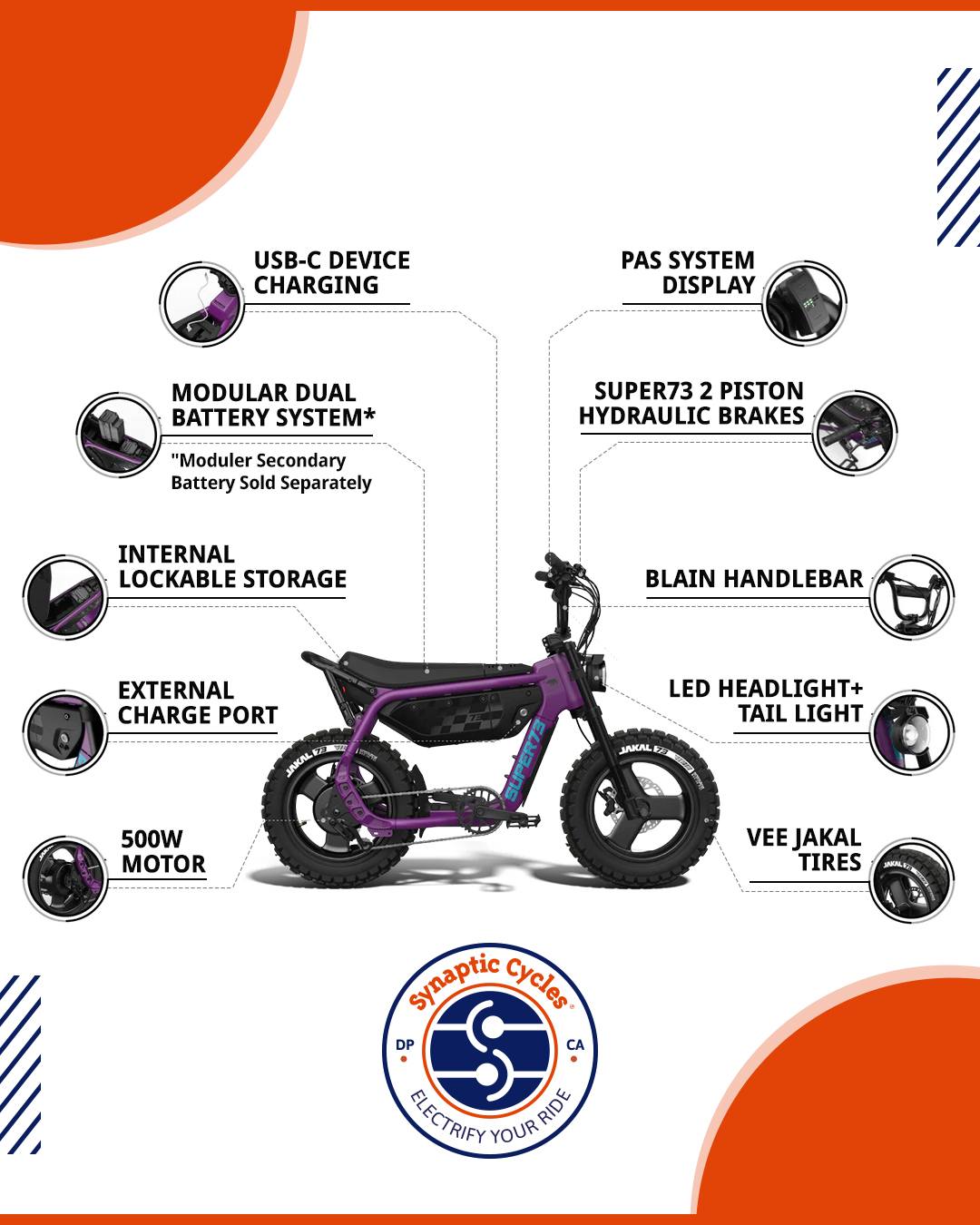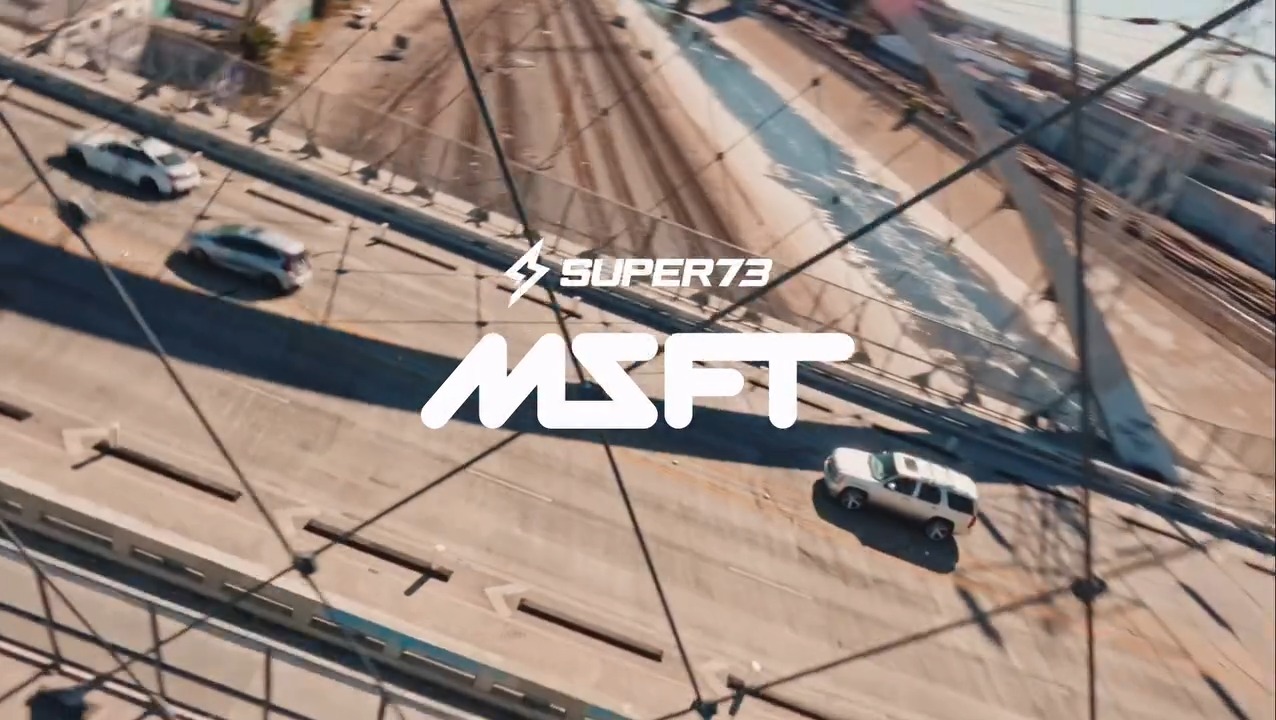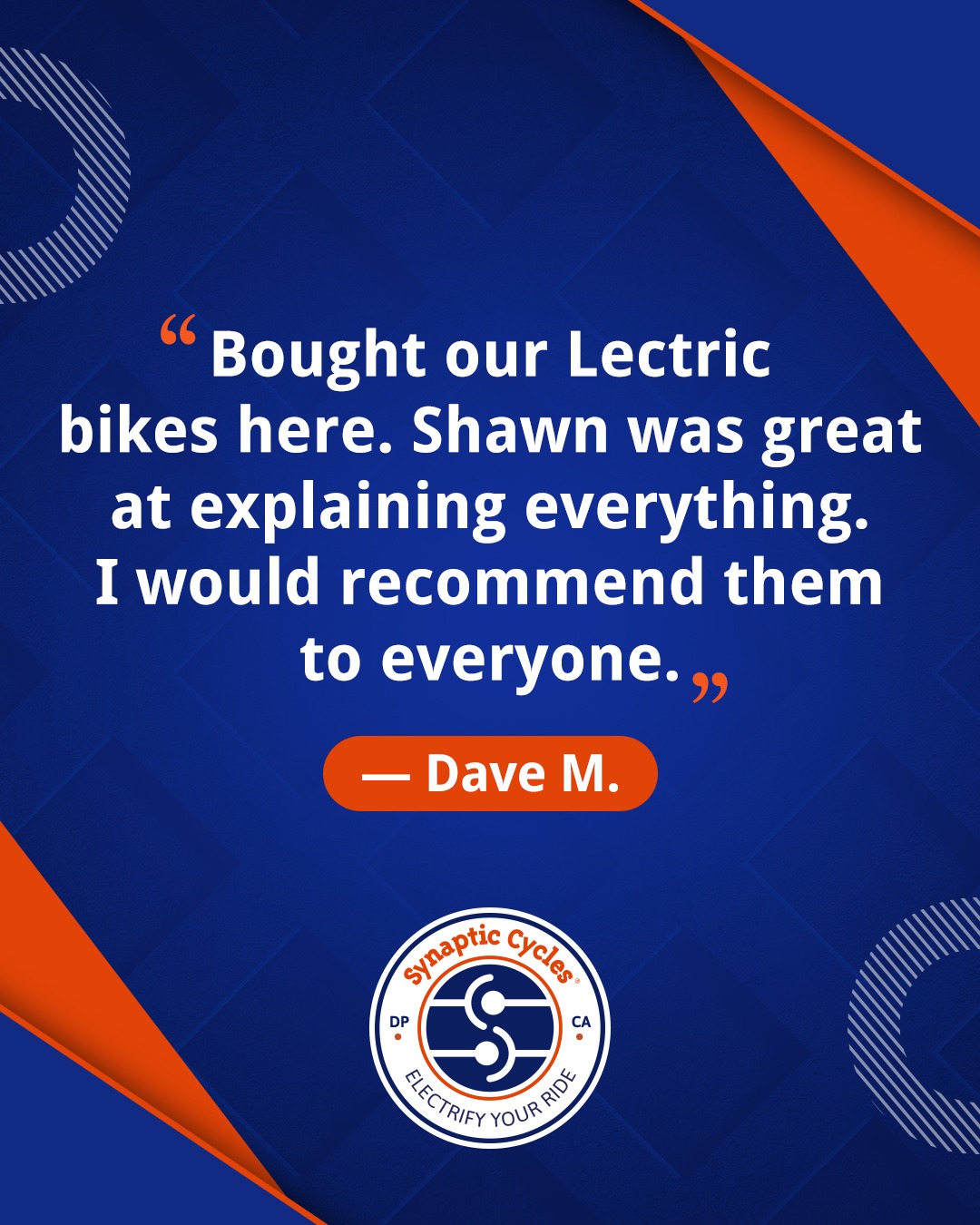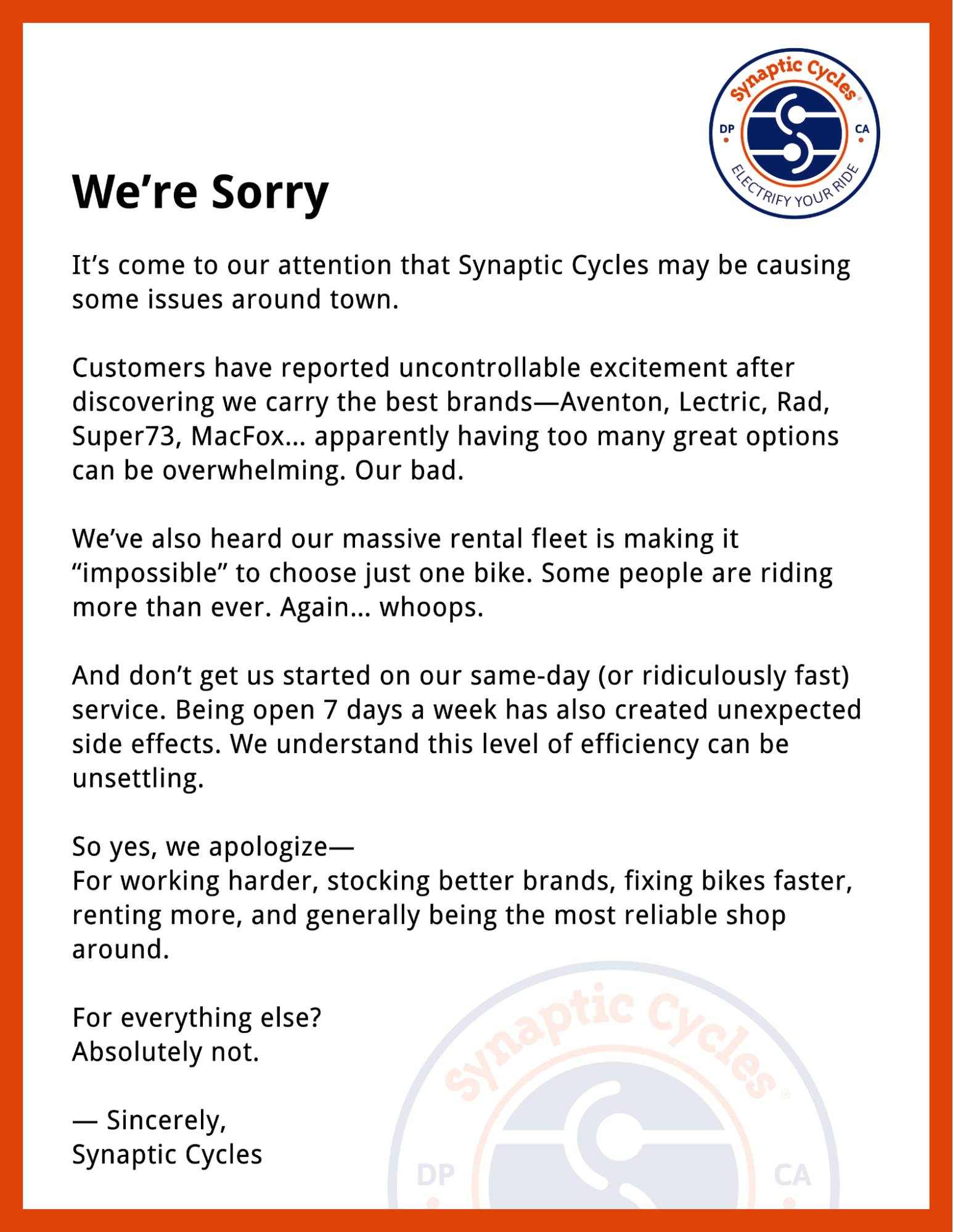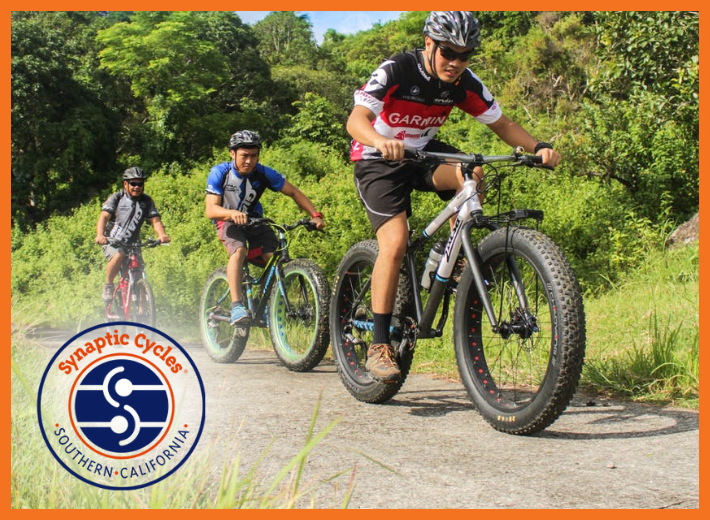 Everyone’s body is different. (Yup – you heard it here first!) Thankfully, bicycles are machines with many adjustable parts. In fact, every touchpoint on the bike can be changed out, altered, or moved to fit you better. If you want to ride happily and pain-free for many years and miles to come, do yourself a favor and give yourself a proper bicycle fit. Check out this great article – but remember, we offer the perfect bike-fit service! Sign up today!
Everyone’s body is different. (Yup – you heard it here first!) Thankfully, bicycles are machines with many adjustable parts. In fact, every touchpoint on the bike can be changed out, altered, or moved to fit you better. If you want to ride happily and pain-free for many years and miles to come, do yourself a favor and give yourself a proper bicycle fit. Check out this great article – but remember, we offer the perfect bike-fit service! Sign up today!
Why Proper Bike Fit is Important
“Bike fits are for everyone, especially new riders,” says Kyle Russ, a biomechanical engineer at Trek, who helped create that company’s Precision Fit system. Serious cyclists will tell you that proper bike fit is essential so that you can produce the most power, most efficiently. And that’s true. But there’s an even more important reason that matters for cyclists of all levels: comfort.
Proper bike fit means you have a position on the bike that lets you ride as long as you want, as hard as you want, and stay comfortable the entire time. A good fit can also help prevent overuse injuries that result from an improper position. The correct position will vary from person to person, depending on factors like age, style of riding, and physical attributes like flexibility.
How to Dial in The Basics Yourself
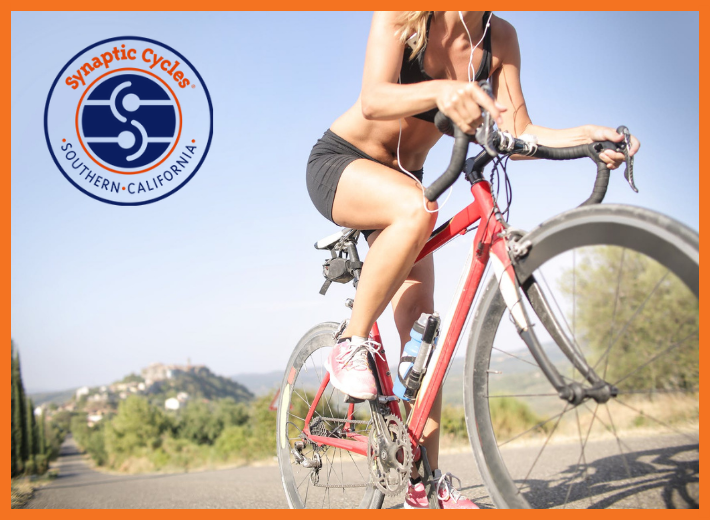
A quick do-it-yourself fit isn’t a substitute for a professional fit by an experienced fitter, but it can get you in the ballpark. After making changes to your bike, go on a few short rides to assess whether they’re working for you.
1. Size: No fit can fix a bike that’s fundamentally too small or large for you. So start by making sure your bike, or the one you want to buy, is the correct size for you. Any good bike shop should make sure you’re on the right size bike as part of the buying process. On more traditional bike frames with horizontal top tubes, look for one to two inches of clearance between the tube and your crotch. For bikes with sloping top tubes, which are more common now, look for at least two inches (more for performance-oriented mountain bikes) of clearance. You also want to make sure the length of the bike is right for you. You can make some changes with a longer or shorter stem, for example, but a bike that is too long or too short for your upper body won’t work well in the long run.
2. Seat Height: A seat that’s too low or too high can cause more than just discomfort. “That little amount of pain you are feeling right now can lead to more serious injuries down the road,” says Todd Carver, founder of Specialized’s popular Retül fit system. Use one of these two broad-stroke methods to get in the general range of proper seat height:
The new way: When you sit comfortably in the saddle, you should be able to easily reach the tops and brake hoods on a road bike, or the grips on a mountain bike. Your elbows should be slightly bent, not locked. And the lean of your torso should be supported by your core in a comfortable position. You shouldn’t have to slide forward or back on the seat.
4. Set Your Cleats: For road or mountain cleats, lightly (!) grease the cleat bolts before installing. Set the cleat on the shoe and install all the bolts, just finger tight. Then, set up position:
Tighten the cleats. Clip in and ride around until you get your natural pedal stroke. Most cleats have “float” or lateral movement. If there’s resistance, adjust the cleat angle a degree or two to the opposite side. For road cleats, once you get the right position, you can trace the outline of the cleat on the sole of the shoe so you know exactly where to replace them when it’s time for a new set.
When to Turn to The Pros
Most of us can at least get started with the DIY approach, but there are some cyclists who may want to opt for a professional fit from the start.
If you’re very short, or very tall, a bike fit can help solve issues that people on either end of the height spectrum face. If you have old injuries, or known biomechanical issues like different-length legs, then a bike fit right when you buy a new bike could help stave off comfort issues later on.
Riding a bike should be comfortable, so you should also consider a fit if it isn’t. Pain, numbness, or tingling—especially in the hands, feet or butt—are signs that something about your bike doesn’t fit you properly. The fix could be simple, but if you’ve tried the self-setup measures above, and it’s not fixing the problem, it’s time to call in the pros.
When assessing comfort, don’t focus exclusively on the contact points with the bike. Knee pain can indicate improper saddle height, while upper back or neck pain can be a sign that your reach to the handlebar is off, or even just that your bars are too wide.
A proper position is one you can maintain. If you’re constantly fidgeting in the saddle, if you can’t find a comfortable hand position, or if what feels OK in the first hour of a ride doesn’t feel good in the third, a bike fit can help.
Finally, serious cyclists who feel as though they have plateaued in terms of performance could benefit from a pro fit or a new fit. The more you ride, the stronger you get, which means you might be able to adjust your position on the bike for more speed and power, and a pro fit might help you address what’s holding you back.
What to Expect From a Pro Fit
Bike shops offer a variety of fit services, using a number of different platforms (Retül, Precision Fit, Guru, and Shimano are four popular ones). There is no one “best” fit methodology, and a good fit relies far more on the fitter than the tools. Ask how long your fitter has been doing fits and what certifications he/she has.
What it should include: A complete fit covers: a conversation with the fitter to go over your riding experience and style, particular issues you’re having and current bike setup, and a brief physical assessment of factors like flexibility and checks for issues like leg-length discrepancies. Some fits will involve checking proper saddle width and shoe size, as well as factors like insole support. Finally, there’s an on-bike session (on a stationary trainer) where the fitter will assess your fit and form on the bike and make adjustments and corrections. The fitter will address cleat setup, seat height, pedaling motion, reach to the handlebar and cockpit (seat and handlebar size). Expect a comprehensive fit to take one to two hours.
Tips: Be honest with your fitter about injuries and issues, particularly with the seat (yeah, it’s a little uncomfortable, but think of it like a discussion with a doctor). Ride naturally; don’t try to “impress” your fitter with good form.
What you’ll pay: Expect to pay $150 and up for a comprehensive fit. There may be a discount or credit involved if you schedule a fit for the purchase of a new bike. You might be swapping out a part like a handlebar or saddle, so keep those potential costs in mind. If a fit is very important to you, factor that in to your total budget for the bike.
Afterward: Your body will need time to adapt to position changes. Especially if your fit on the bike has changed a lot, back off the volume and intensity of riding for a couple of weeks to give your body time to adjust. Major changes should be made incrementally, says Retül’s Carver, to avoid shocking the body. Fits should include an optional follow-up assessment to address any persistent issues, or changes that aren’t producing positive results.
Reference: [https://www.bicycling.com/skills-tips/a20036352/bike-fit-0/]




